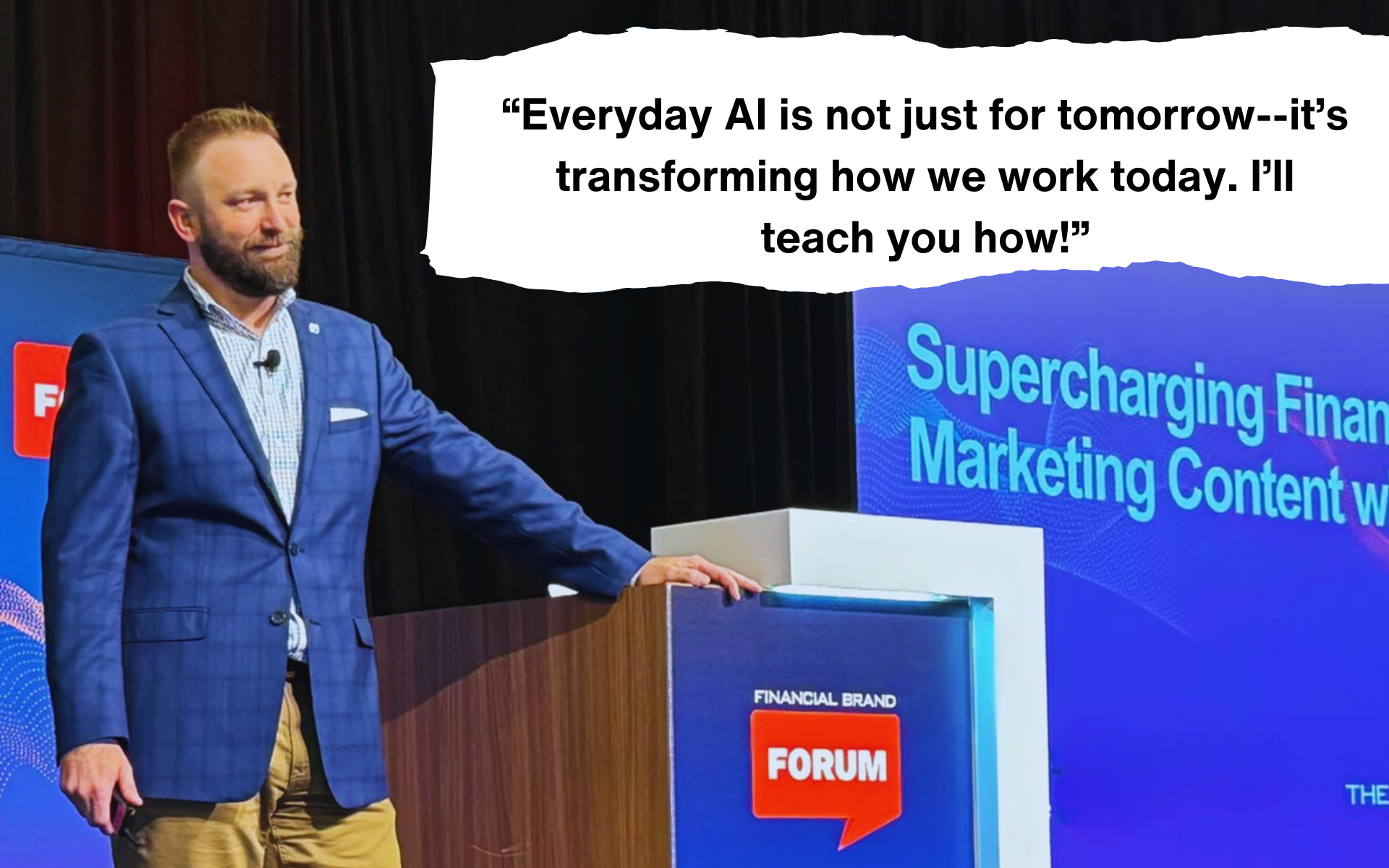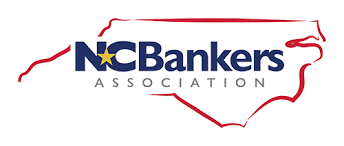

By Benjamin Udell
•
November 22, 2024
Here are key areas of the mega prompt dissected, to help you understand key concepts of effective prompting. 1. Setting the Role and Context “You will act as a bank marketing, sales, and Ag leader” Starting the prompt by defining a clear role for AI is key. It helps AI understand its purpose and ensures that the responses are more relevant to your needs. Here, we're asking AI to play a specific role: a bank leader with knowledge of agricultural solutions. By doing this, AI can better contextualize its output and make sure the content is focused on banking and agricultural needs. For beginners, it’s important to be as specific as possible about what role you want AI to take on. This helps AI align itself with your goals and deliver more insightful responses. 2. Clarify the Goal “The goal is to educate staff on what ag lending is and how employees can identify opportunities or leads while providing excellent service.” Defining a clear goal helps guide the output. In this case, the goal is to educate bank staff about ag lending, with an emphasis on opportunity identification and excellent service. By specifying this, AI knows the end goal and can tailor its content to meet that objective. If you're new to AI, always make sure to state your goals clearly. The more AI knows about what you want to achieve, the more tailored and helpful the response will be. 3. Step-by-Step Collaboration “This will be a step-by-step process where you’ll walk me through each step to create content.” One of the things that makes AI useful for practical, everyday tasks is its ability to break down complex projects into manageable steps. In this prompt, we’re instructing AI to take us through the process step by step, which helps prevent feeling overwhelmed and ensures each part is tackled thoroughly. For new users, remember that AI can be a great collaborator. Use it to break down tasks, check in along the way, and adjust as you go. You can accomplish large tasks in smaller steps. 4. Confirming and Aligning Expectations “You will not move to the next step until I confirm your content is what I need and aligns with my expectations.” By making sure that AI pauses and waits for confirmation before proceeding, the process becomes a truly collaborative one. It allows you to review, adjust, and make sure the content fits exactly what you need before moving on to the next part. This is especially helpful if you’re not sure what you want the final product to look like—it gives you the freedom to refine your needs as the process unfolds. 5. Breaking Down Specific Content Steps The prompt then breaks down specific tasks, like writing a guide, drafting an email, or creating a FAQ. Each task is clear and focused, making it easier for AI to respond accurately and for you to evaluate the content created. For beginners, this structured approach—breaking content down into discrete pieces—ensures that nothing is missed, and you have control at every step of the way. Why This Prompt Shows AI's Transformational Power This prompt is a great example of how AI can take a complex problem—like creating training materials for an entire organization—and break it down into clear, manageable tasks. It shows how AI can serve as an assistant that works alongside you, step by step, ensuring the final result is exactly what you need. This is a brief example, but one that can create draft in minutes rather than hours. It is a jumping off point to refine with AI or edit personally.

By Benjamin Udell
•
November 17, 2024
Canvas just launched in the paid version of ChatGPT. Of course, ChatGPT is not great with promoting their new features but after five minutes you can see it's a huge enhancement for many of us. And easy to use. The five minute video walks you through these new tools and shows you exactly how they can transform the way you work. From boosting your creativity to streamlining your workflow, it is easy. If you've used Google Gemini you'll see many similar features, but I think Canvas leapfrog's Gemini. Click here to watch my video and learn how Canvas can help you.

By Ben
•
September 29, 2024
AI voice cloning is the latest advancement that’s shaking up the financial world. Just as ChatGPT’s Advanced Voice mode was making headlines my article on The Financial Brand titled “How Voice Cloning Will Disrupt Client Verification” was published. Learn about upcoming threats and, most importantly, a practical solution to safeguard your organization. Read the full...

By Ben
•
September 27, 2024
If you’re wondering how to navigate the AI world safely and effectively, my recent article on The Financial Brand, “AI Now: Real-World Lessons to Enhance Your Marketing, Immediately and Safely,” is a must-read. This post will give you a taste of the key takeaways and why you should dive deeper into the full article. Read...

By Ben
•
August 30, 2024
AI hallucinations are an overblow problem that scares away usage and holds you back. Hallucinations are a frequent talking point when discussing generative AI tools like ChatGPT, Google Gemini, Microsoft Copilot, and others. While the term “hallucination” might make it sound like the AI is malfunctioning, the reality is often more nuanced. In fact, as...

By Ben
•
August 16, 2024
One of the most underrated features of generative artificial intelligence (AI) is the ability to upload and use images to solve problems, work more efficiently, and improve your work. ChatGPT and Google’s Gemini allow you to upload images in many different file formats. The benefits are untapped, and I’m going to show you a couple...






